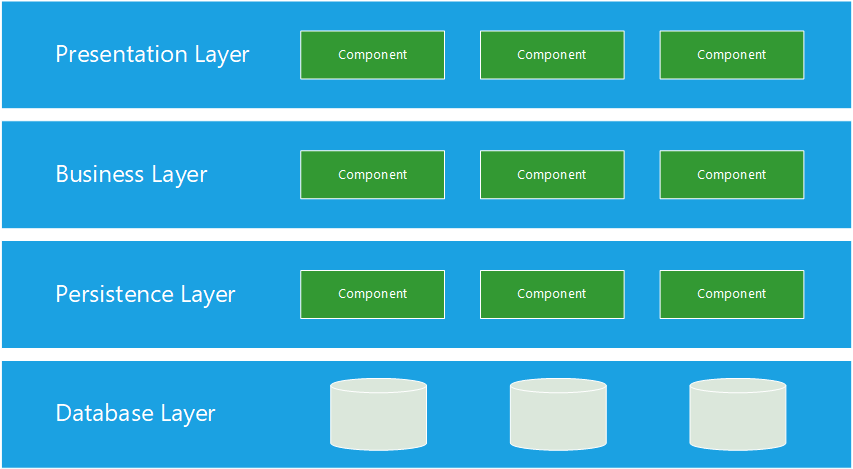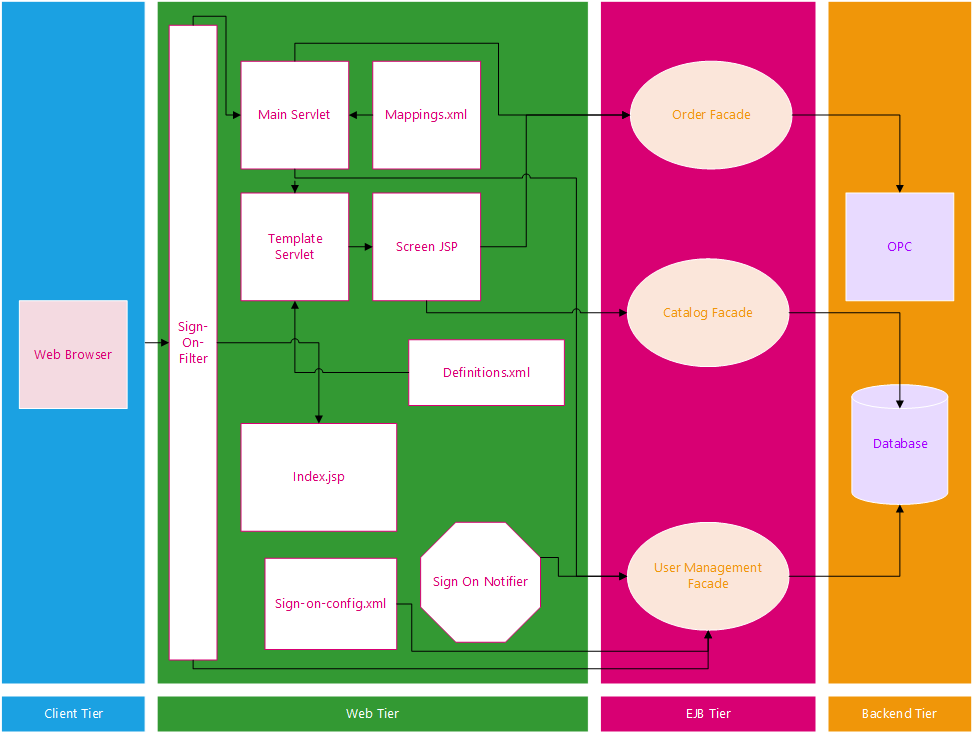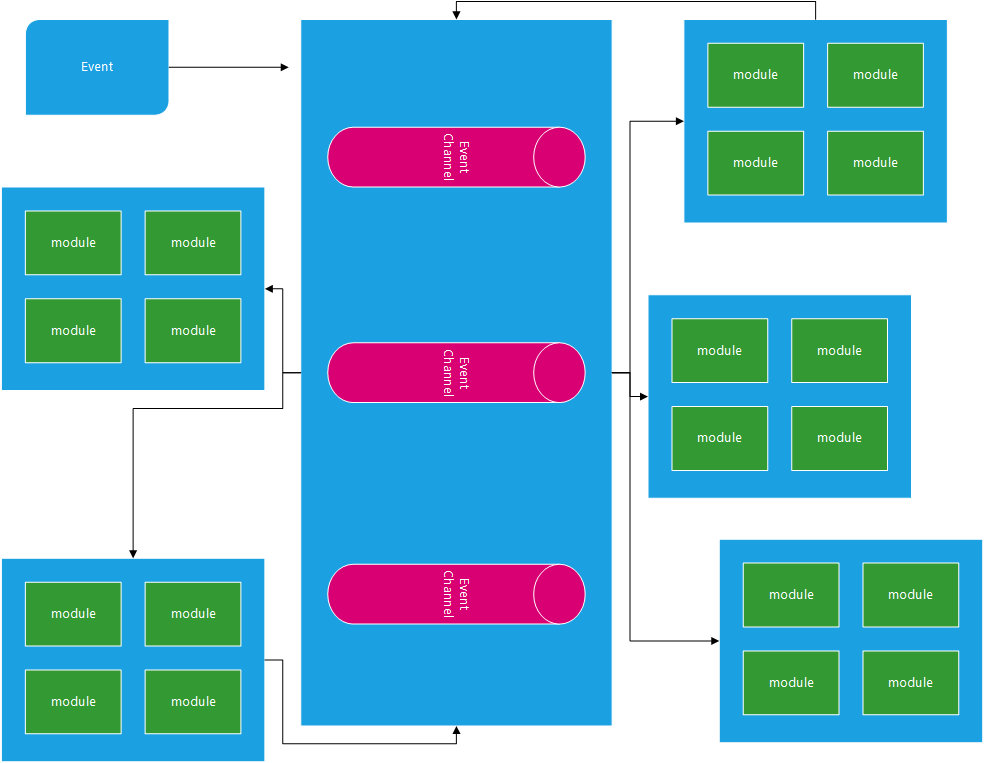Big Data vs. Relational Data
The advent of “Big Data” is relatively new and is loosely defined as data that contains greater variety, arriving in increasing volumes and with more velocity. This is also known as the Three Vs. Greater than what? Well, greater than the data that would traditional be handled by a traditional Relational Database Management System (RDBMS).
The Three V’s
Volume – Every day, global data volume is increasing exponentially. There are many cultural, scientific and technological reasons for this including the invention and proliferation of smart phones, wearable technology, IoT devices, cloud computing, machine learning and artificial intelligence.
Velocity – The rate at which data is received and processed. Velocity has less to do with the aforementioned exponential growth of data being stored and more to do with real time streaming of that data and the need to process said data in near real time. Traditional ETL pipelines that operated on daily or even hourly batch processing just aren’t enough and so new solutions that could derive meaningful insights from data sets as they were coming in were necessary.
Variety – The increasingly varied types of data that were being processed. Constraining usable data to a predefined schema (structured data) had and still does have its advantages and in a perfect world all data would automagically be this way. But in the real world, big data solutions offer flexibility to process data much more quickly and in new ways that never would have been possible with traditional RDMS structures. These unstructured and semi-structured data types, such as text, audio, and video, require additional preprocessing to derive meaning and support metadata.
Data Structures
In the context of processing, storage and analysis, all data that exists can be categorized as either structured, unstructured or semi-structured.
Structured Data
Sometimes referred to as quantitative data. This is how all data in the enterprise used to be stored at scale. Structured data is data whose elements are addressable for effective analysis. It has been organized into a formatted repository that is typically a database. They have relational keys and can easily be mapped into pre-designed fields.
Unstructured Data
Unstructured data is a data which is not organized in a predefined manner or does not have a predefined data model, thus it is not a good fit for a mainstream relational database. It’s sometimes referred to qualitative data — you can derive meaning from it, but it can also be incredibly ambiguous and difficult to parse.
Semi-Structured Data
Data that does not reside in a relational database but that has some organizational properties that make it easier to analyze. This data probably is not as strictly typed as structured data but does enforce some rules such as hierarchy and nesting.





